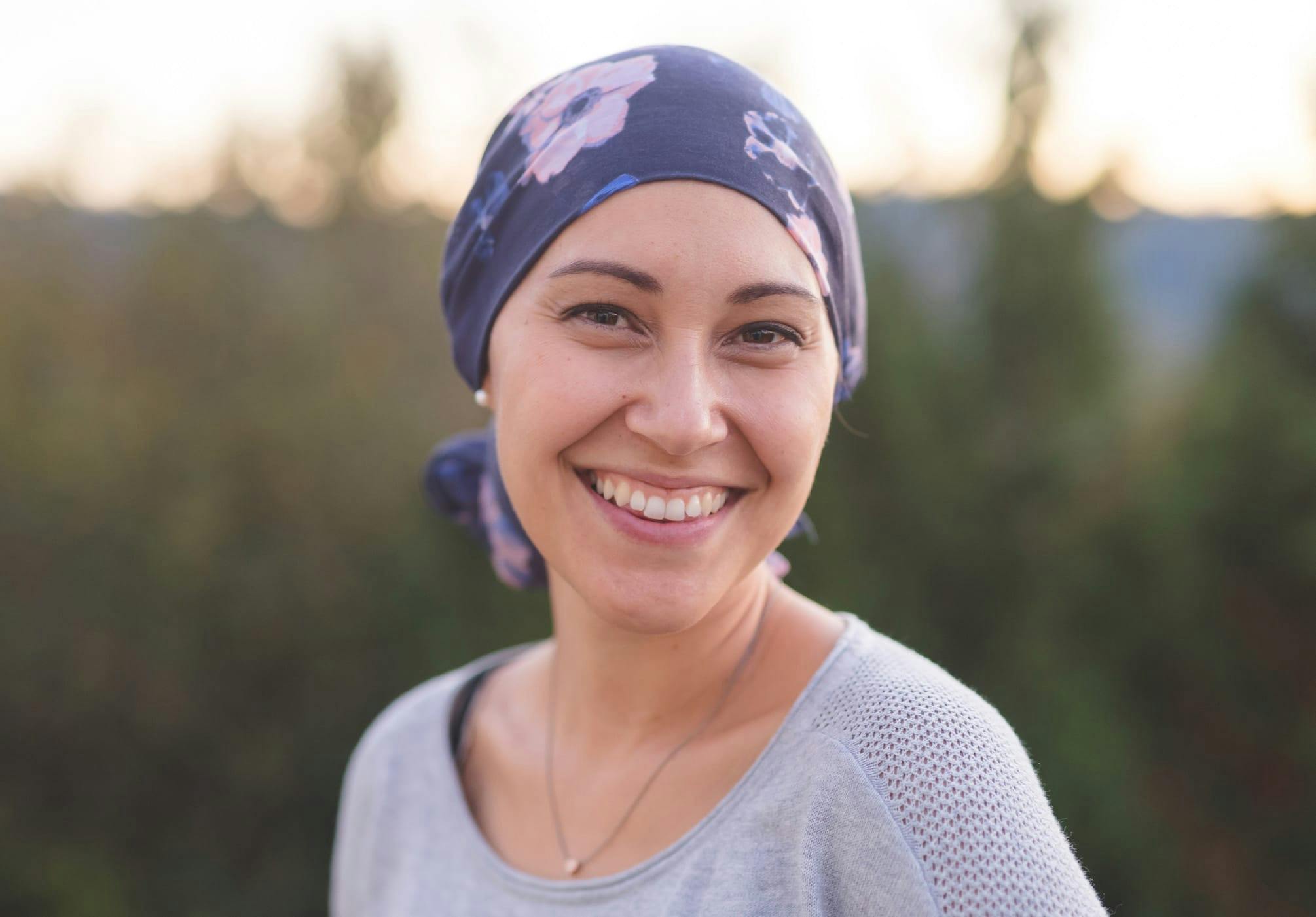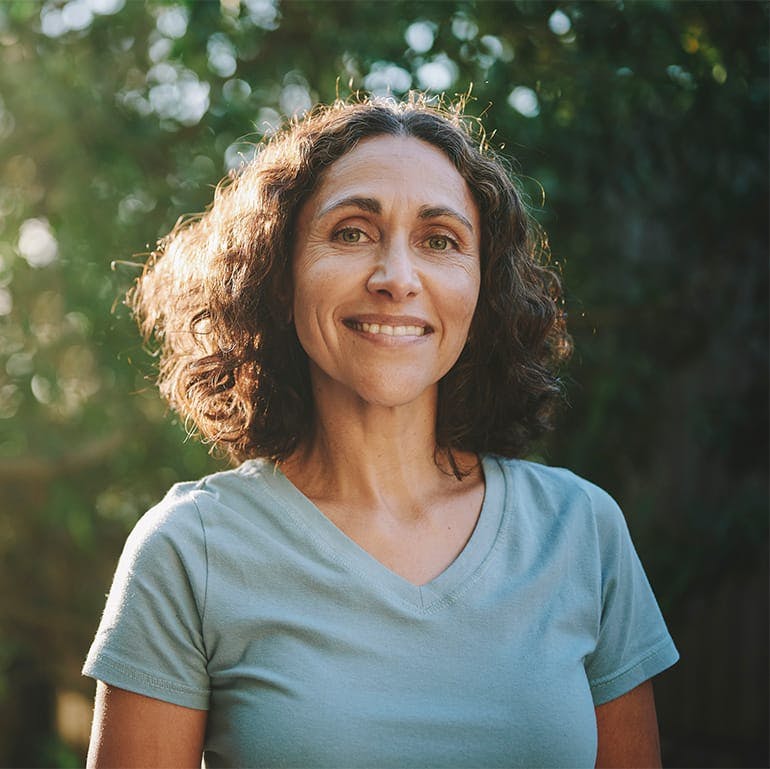Breast Reconstruction Options
A woman seeking breast reconstruction can opt for an immediate procedure, performed at the same time as a lumpectomy or mastectomy, or a delayed surgery, which can happen even years later. The specific options and techniques available depend on a host of factors, including past treatments, future planned treatments, breast size, the amount of tissue remaining after surgery, patient health, and more. Some women may need only a small amount of repair work after a mastectomy, while others may have an implant inserted to restore lost volume. A flap may be taken from elsewhere on the body to create a breast mound after mastectomy. At Austin Plastic & Reconstructive Surgery, our surgeons work with each patient to determine the ideal reconstructive procedure, explaining the many choices and offering guidance from the initial consultation onward. By clicking the links below, you can learn more about the different reconstruction options we offer:







